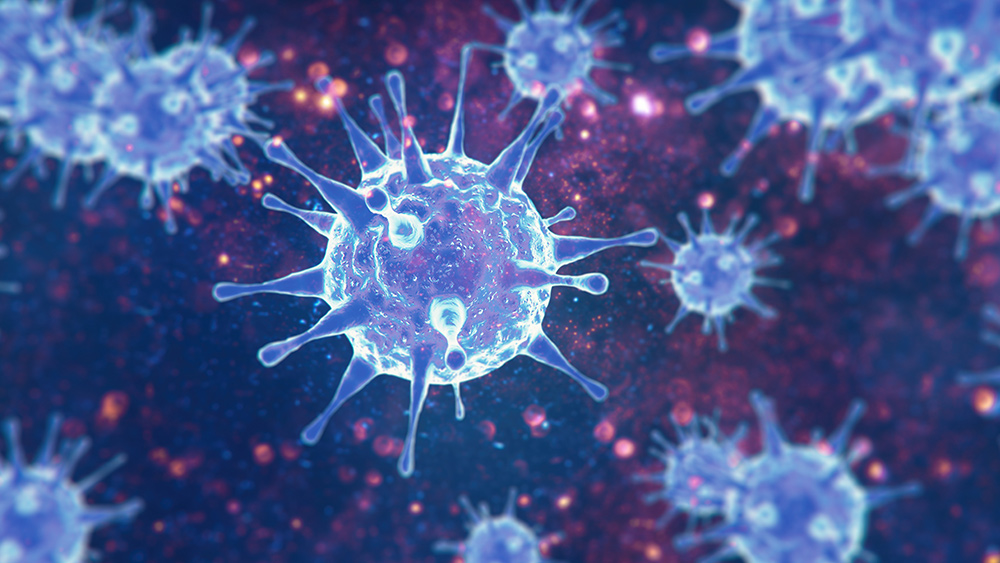
Advertisement
According to Robert Redfield, director of the Centers for Disease Control and Prevention (CDC), approximately 25 percent of people infected with the new coronavirus may not even show any symptoms or fall ill. Meanwhile, Anthony Fauci, director of the National Institute of Allergy and Infectious Disease (NIAID), believes the number of asymptomatic people with COVID-19 to be “somewhere between 25 percent and 50 percent” of cases. The worst part is that these carriers can still transmit the virus.
“There’s significant transmission by people not showing symptoms,” said Stephen Morse, who works as an epidemiologist at Columbia University.
Redfield, in an interview, told reporters that the CDC has “pretty much confirmed” that a large portion of COVID-19 cases will remain asymptomatic throughout the duration of their infection.
These asymptomatic carriers, Redfield added, will most likely contribute to the spread of the coronavirus, especially if they work in essential services or if they break quarantine to go to the bank or shop for groceries. This makes it all the more challenging for experts who are already having a hard time tracking the true extent of the COVID-19 pandemic, which has, as of press time, already infected over 1.9 million people, including 126,812 deaths.
“We don’t know all the unidentified cases out there,” Morse admitted, stating that the vast majority of government records only show “sick” coronavirus patients.
Asymptomatic patients “relatively rare”
One of the first recorded instances of an asymptomatic carrier was studied in a research paper published on February 21 in the journal JAMA Network. It described a 20-year old woman from Wuhan, China who was able to pass the coronavirus to five of her family members despite never showing any symptoms herself.
This woman tested positive for COVID-19, but her medical examinations, which included a CT scan of her lungs, were all clear and she never became physically ill even though five of her family members went on to develop fevers, further proving that asymptomatic carriers can still transmit the disease.
However, it should be noted that there’s a huge difference between the asymptomatic patients that the CDC and the NIAID talk about; those who will likely never develop any COVID-19 symptoms, and those who eventually develop symptoms after a few days or a week.
According to a report from the World Health Organization (WHO), around 75 percent of people in China who were first classified as asymptomatic carriers of COVID-19 later developed symptoms. The WHO has taken to labeling these patients as “presymptomatic” carriers.
The WHO researchers later go on to say that “the proportion of truly asymptomatic infections is unclear but appears to be relatively rare.”
New anti-coronavirus strategies must consider asymptomatic and presymptomatic carriers
The world is littered with instances of asymptomatic and presymptomatic patients.
In a nursing home in King County, Washington, 23 people tested positive; however, only 10 of those showed symptoms on the day they received their diagnosis, with another 10 people in the group developing symptoms a week later.
A report from the LA Times found that around 45 people who attended a 60-person choir practice were infected with coronavirus even though nobody showed any symptoms during the meeting.
In Late March, 14 players, coaches and staffers working for an NBA team tested positive for COVID-19 despite half of them being asymptomatic at the time of their diagnosis.
Further research has come out stating that the average coronavirus patient begins exhibiting symptoms around five days after they’re infected. The study further warns that people shed a lot of the coronavirus during the earlier stages of infection, including the presymptomatic phase.
One study of 23 COVID-19 patients in two Hong Kong hospitals found that the viral load of these people – or how many viral particles they were shedding out into their immediate environment – peaked during the first week after they first develop symptoms. This study was confirmed by another one from Guangzhou, which stated that people were most contagious just as their symptoms started showing.
In an interview, Redfield mentioned that “it appears that we’re shedding [significant amounts of the coronavirus]” around 48 hours before symptoms even appear.”
“This helps explain how rapidly this virus continues to spread across the country, because we have asymptomatic transmitters and we have individuals who are transmitting 48 hours before they become symptomatic.”
This means that current COVID-19 control measures must take into account that there’s a high possibility of many presymptomatic and asymptomatic carriers of coronavirus. Even if they follow lockdown protocols to the letter, they might still need to head out to buy groceries, possibly infecting other people. If things don’t change, there’s no telling how much worse this pandemic may get, especially now that the world is inching its way toward two million COVID-19 cases.
Sources include:
Advertisement
Advertisements
















